Green Energy Solutions are at the heart of this transformation as the world shifts towards a low-carbon economy. Engineering, your field of expertise, has played a vital role in integrating innovative technologies that harness renewable resources, improve sustainability, and reduce environmental impact. This blog explores how your work in cutting-edge technologies in solar, wind, biomass, and other clean energy fields drives change across industries and shapes a greener future.
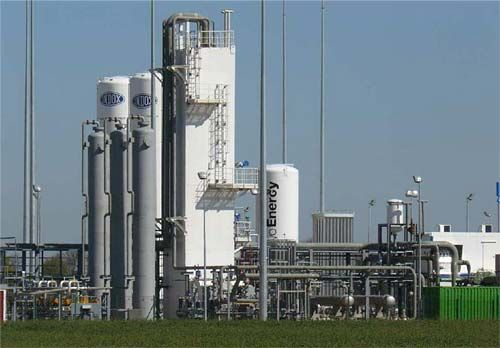
Green Energy Solutions refers to environmentally friendly technologies that generate power using renewable sources like sunlight, wind, water, and organic materials. These solutions are essential for minimizing carbon emissions, preserving ecosystems, and promoting long-term energy sustainability.
Solar Energy Systems
Solar power, one of the most accessible green technologies, is within reach for many. The availability of solar energy systems, including photovoltaic (PV) panels and solar thermal systems engineered for greater efficiency, smart grid integration, and long-term durability, offers a promising future for widespread adoption. This accessibility empowers individuals and communities to contribute to the green energy revolution.
Wind Power Engineering
Modern wind power engineering is at the forefront of technological innovation, utilizing AI for predictive maintenance, turbine optimization, and wind forecasting. This AI-driven approach, focusing on taller turbines, offshore installations, and predictive maintenance, ensures consistent, scalable, and clean electricity generation. Understanding these advancements allows the audience to stay informed and up-to-date on renewable energy.
Biomass Energy Solutions
Using organic waste to produce bioenergy and biomass energy solutions is a key strategy for achieving carbon neutrality. This means that the carbon emissions produced during the generation of this energy are balanced by the carbon absorbed during the growth of the organic materials, effectively reducing the net carbon emissions. Importantly, this approach also significantly solves waste management issues in agriculture and industry, making the audience feel responsible and engaged in the carbon reduction process.
Hydropower Projects
Hydroelectric power remains a cornerstone of renewable energy engineering. Small-scale hydro and pumped storage projects play a crucial role in ‘grid balancing,’ a process ensuring the electricity supply matches the demand. This is particularly important during peak demand periods when additional power is needed. Hydropower projects provide this support, helping to maintain a stable and reliable electricity supply.
Geothermal Energy Development
Geothermal energy development offers 24/7 clean energy by tapping into Earth’s heat. New drilling technologies and enhanced geothermal systems (EGS) are expanding their feasibility worldwide.
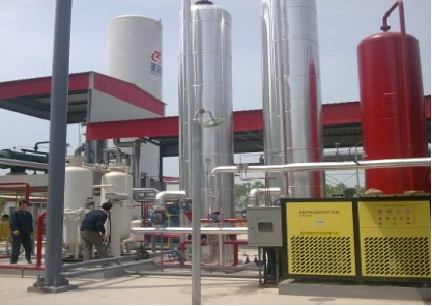
Smart Grid Systems
Innovative grid systems optimize the flow of electricity from producers to consumers using real-time data. They support integrating multiple renewable energy sources and energy storage units seamlessly.
Energy storage innovations, from lithium-ion batteries to next-gen flow batteries and green hydrogen, ensure continuous energy availability, particularly during non-generating hours. This significantly enhances the reliability of the energy grid, a key factor in the successful implementation of renewable energy sources.
Green building design, a significant aspect of eco-friendly engineering, is revolutionizing the construction sector. This approach paves the way for a more sustainable and energy-efficient built environment by incorporating energy-efficient HVAC systems, passive design, and sustainable materials.
Electric vehicles (EVs) are reducing reliance on fossil fuels. Engineering breakthroughs in battery chemistry, charging infrastructure, and vehicle-to-grid (V2G) systems are accelerating EV adoption.
Automation in solar trackers, wind turbine monitoring, and microgrid operations boosts the efficiency and scalability of renewable systems.
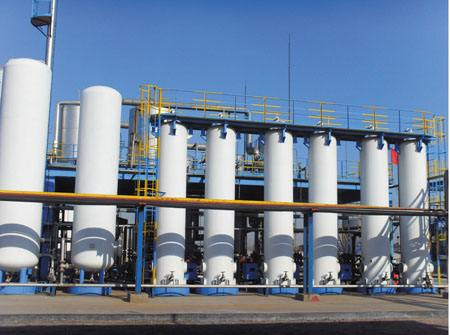
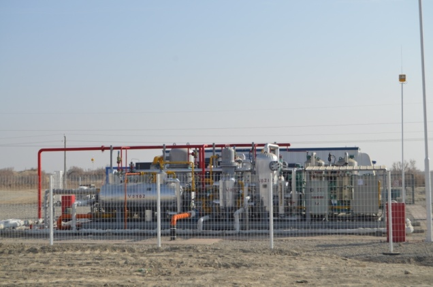
Advanced carbon capture, utilization, and storage (CCUS) systems and energy-efficient industrial designs are key carbon reduction methods engineering supports.
Waste-to-energy systems convert urban and agricultural waste into electricity, heat, or biofuels, simultaneously addressing two environmental issues.
Environmental monitoring tools track emissions, air quality, and water usage to ensure compliance with eco-standards in engineering.
Green Energy Regulations
Governments worldwide are taking a stand by enforcing green energy regulations to limit emissions and encourage sustainable development. This collective effort gives hope for a greener future.
Renewable Energy Policies
Feed-in tariffs, net metering, and tax incentives are common government incentives for green tech, helping startups and enterprises transition to clean energy.
Eco-Standards in Engineering
Certification systems like ISO and LEED encourage engineers to adhere to eco-friendly practices and sustainable project delivery.
Industry Trends in Sustainable Engineering
Trends in sustainable engineering include using advanced materials such as carbon nanotubes, graphene, and high-performance polymers. These materials are being increasingly integrated into green tech solutions, along with trends like modular green construction, AI integration, and decentralized grids.


Green Tech Research
Universities and private labs are accelerating green tech research in materials science, storage systems, and efficiency enhancements.
Pilot Projects in Renewable Energy
Governments and corporations are testing pilot projects to validate new energy technologies under real-world conditions before large-scale rollout.
Green Energy Patents and Intellectual Property
Innovation in clean energy is supported by a growing number of green energy patents, driving economic and technological competitiveness.
Advanced Materials for Green Tech
Nanomaterials, bio-based composites, and innovative coatings enable longer-lasting, more efficient, sustainable energy systems.
Embracing Green Energy Solutions offers many benefits for the environment and the economy. Engineers and innovators drive these benefits forward through advanced technologies and sustainable practices.
Reduced Carbon Emissions: Green energy technologies drastically lower greenhouse gas emissions than fossil fuels.
Cleaner Air and Water: Less pollution means improved air quality and reduced water contamination, benefiting ecosystems and human health.
Climate Change Mitigation: Renewable energy is vital in global efforts to combat climate change by replacing high-emission sources.
Energy Independence: Nations that adopt local renewable resources reduce their reliance on imported fossil fuels.
Job Creation: The renewable energy sector generates millions of new jobs in engineering, manufacturing, installation, and R&D.
Long-Term Cost Savings: Although initial setup can be high, green energy systems often have lower operating and maintenance costs over time.
Fuels Engineering Progress: Green energy drives research into innovative technologies like battery storage, automation, and AI in energy distribution.
Encourages Cross-Sector Innovation: Renewable energy fosters innovation across multiple industries, from smart agriculture to green transportation.
Decentralized Systems: Smart grids and off-grid solar reduce vulnerability to outages.
Disaster Recovery: Renewable systems can be deployed quickly in disaster-stricken areas, improving community resilience.


Why Choose Gelanpetro? At Gelanpetro, we stand out with our unique combination of innovation, engineering excellence, and sustainability. We deliver cutting-edge solutions for the energy and petrochemical industries, backed by decades of expertise and a strong commitment to green energy transformation. We partner with forward-thinking companies seeking reliable, efficient, eco-friendly technologies.
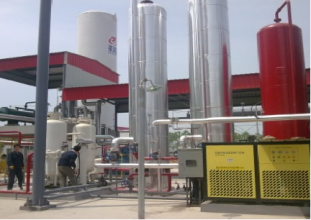
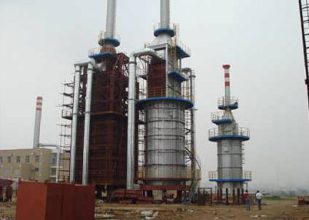
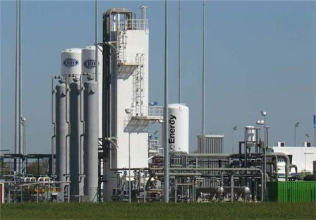
Explore the diverse applications of green energy and emerging technologies in daily life. Learn how innovations like solar panels, wind power, electric vehicles, and smart homes contribute to environmental sustainability and energy efficiency.”
They are eco-friendly technologies that generate clean energy from renewable sources like solar, wind, and biomass.
By designing energy-efficient systems like waste heat recovery units and clean combustion furnaces.
Industries that benefit most from gas preparation and purification technologies include the coal chemical industry, petrochemical industry, industrial gases, fine chemicals, and biochemicals. These sectors rely on efficiently separating and purifying gases like H2, CO, CO2, and CH4 to optimize their production processes, reduce emissions, and improve energy efficiency.
Energy conservation in the context of green energy solutions involves implementing strategies and technologies to reduce energy consumption in industrial processes. This can include optimizing machinery efficiency, utilizing renewable energy sources (such as solar or wind power), and improving system designs to minimize energy waste. These efforts contribute to a more sustainable and environmentally friendly industrial operation, reducing reliance on non-renewable energy.
Engineering and technological innovations contribute to emission reduction by introducing cleaner processes and advanced purification technologies. For example, using catalysts to remove impurities, such as sulfur, from gases and implementing pressure and temperature swing adsorption systems significantly reduces harmful emissions. These innovations ensure that industrial activities produce fewer greenhouse gases and pollutants, promoting a cleaner environment and helping industries comply with environmental regulations.
Our Professional Project Manager will help you step by step. Welcome to compare price and Service
We do not share your personal information with third parties. By clicking the button, you consent to the processing of personal data.
Feel free to get in touch with us!

We are pleased to receive your letter and help you achieve your business goals. Fill in the form below to send us information or talk directly to our product experts by phone.
We will contact you within 1 hours, please pay attention to the email with the suffix “@gelanpetro.com”.